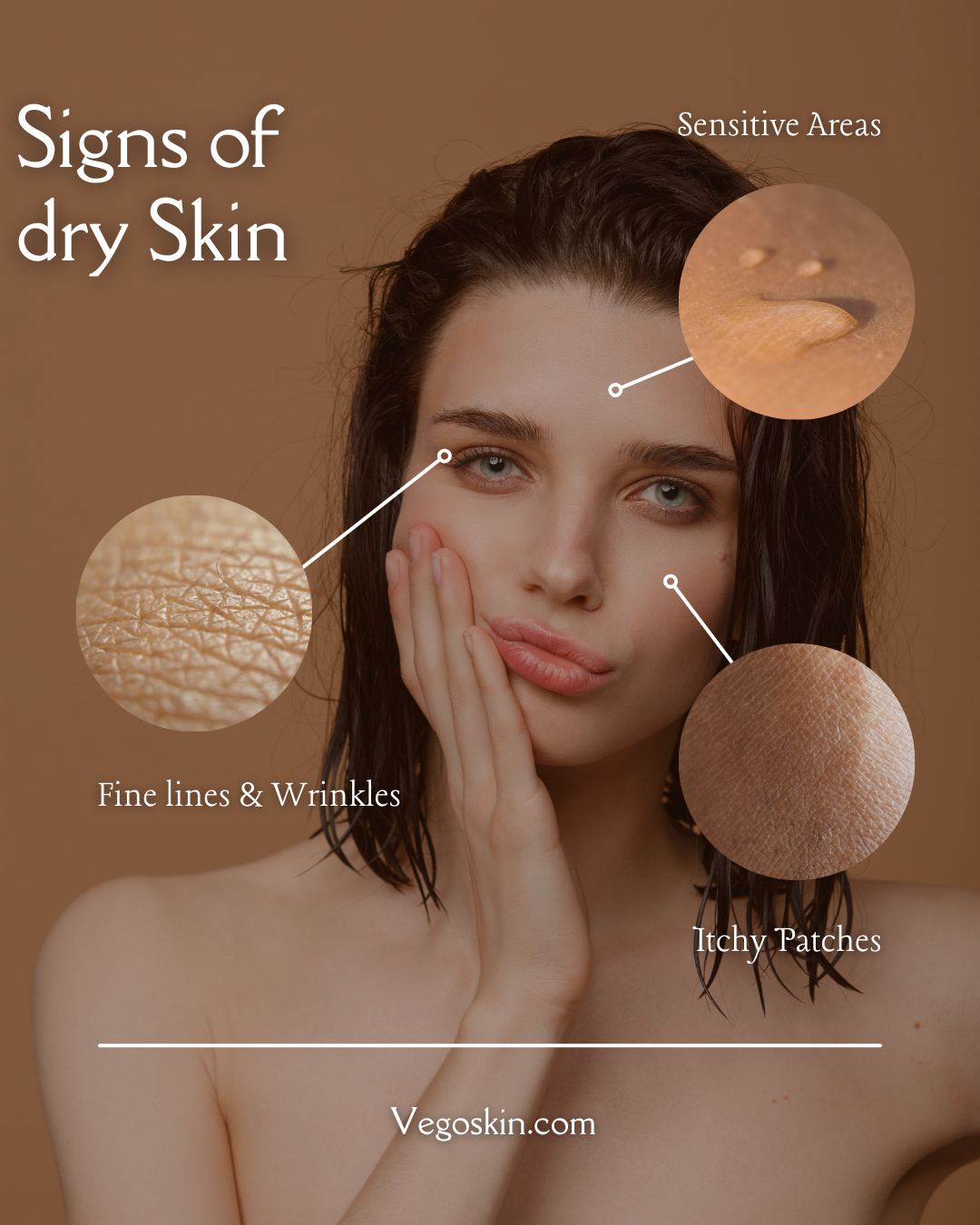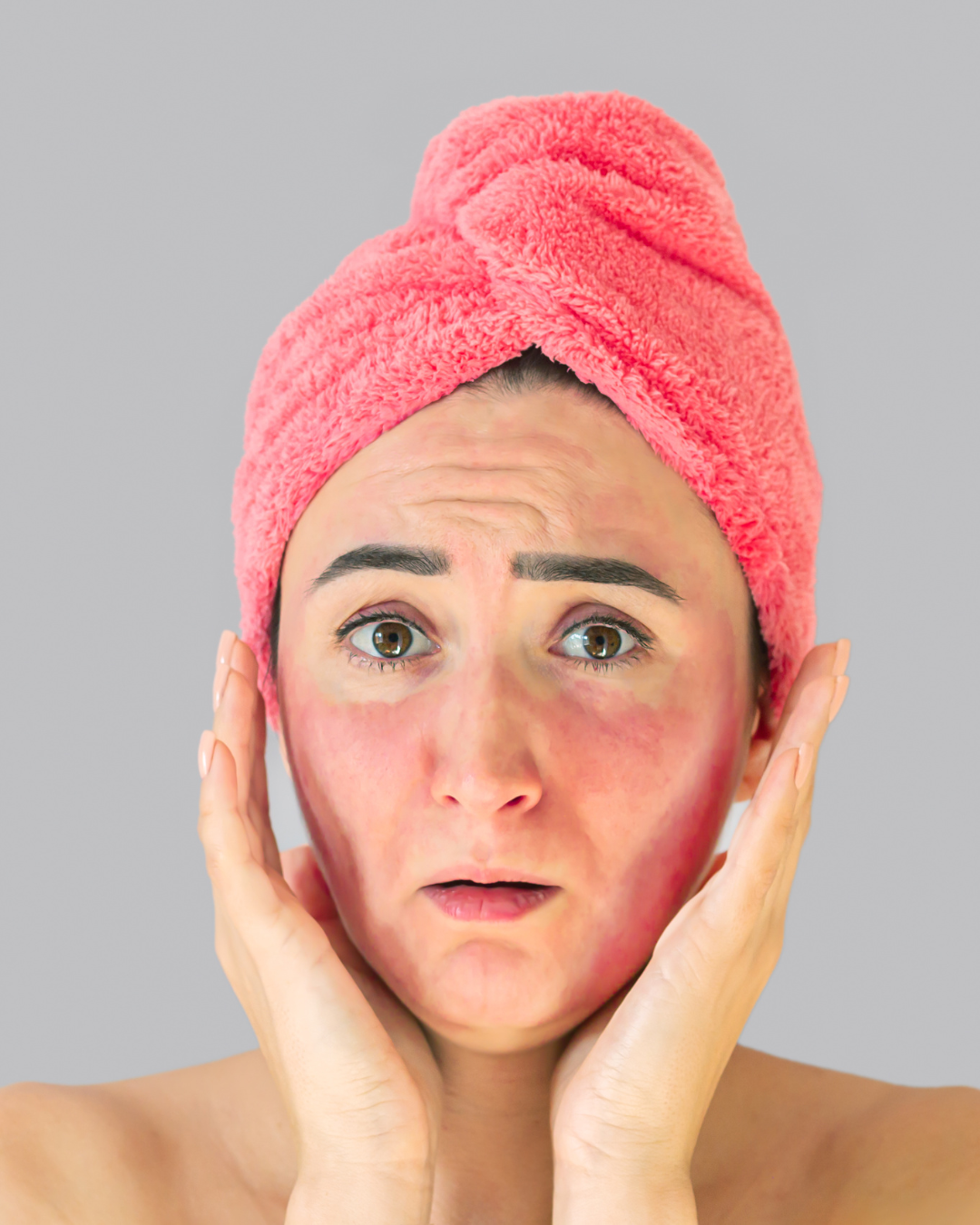Flawless Skin: The Best Routine for Dry Skin Care
Having dry skin can be frustrating, especially when it feels tight, rough, or flaky. However, with the right skincare routine, you can achieve flawless skin and keep dryness at bay. In this guide, we will explore the best routine for dry skin care, covering essential steps, recommended ingredients, and simple lifestyle changes that can make a big difference.
Dry skin can be a persistent challenge—flaky patches, tightness, and a dull complexion often make it feel like your skin is working against you. But with the right routine, you can restore moisture, strengthen your skin barrier, and achieve a soft, hydrated glow. This article outlines a tailored dry skin routine, packed with effective steps and ingredients to keep discomfort at bay.
Understanding Dry Skin
Before diving into the best routine for dry skin care, it’s important to understand what causes dry skin. Factors such as cold weather, harsh skincare products, dehydration, and even genetics can contribute to dryness. Unlike oily or combination skin, dry skin lacks sufficient natural oils, making it more prone to irritation and sensitivity.
Dry skin happens when your skin lacks sufficient moisture or oil, often due to a weakened barrier. This can stem from genetics, cold weather, harsh products, or aging. Without proper care, it becomes prone to irritation, redness, and even fine lines that appear more pronounced. The goal of a dry skin routine is to lock in hydration, repair damage, and protect against further moisture loss.
Step 1: Gentle Cleansing
A good skincare routine begins with cleansing. For dry skin, it’s crucial to choose a gentle, hydrating cleanser that removes impurities without stripping away essential moisture. Look for cleansers with ingredients like glycerin, ceramides, or hyaluronic acid. Avoid harsh foaming cleansers, as they can make dryness worse. Washing your face with lukewarm water instead of hot water also helps to preserve your skin’s natural barrier.
Harsh cleansers strip away natural oils, making dry skin worse. Soaps with high pH or foaming agents can leave your face feeling tight and parched.
**How to Do It**: Opt for a creamy, hydrating cleanser with ingredients like ceramides or glycerin. Cleanse once at night to remove dirt and twice daily if you wear makeup or sunscreen. Avoid hot water—lukewarm is gentler—and pat dry with a soft towel instead of rubbing.
Step 2: Exfoliation – But Not Too Often
Exfoliation is important for removing dead skin cells, but over-exfoliating can damage dry skin. Instead of using strong scrubs, opt for mild chemical exfoliants with lactic acid or PHA (polyhydroxy acids). These help to renew the skin gently without irritating it. Exfoliating once or twice a week is enough to keep your skin smooth and ready to absorb moisture.
Dead skin cells can pile up on dry skin, making it look flaky and rough. Over-exfoliating, though, damages the barrier further, so balance is key.
**How to Do It**: Use a mild chemical exfoliant, like lactic acid, once a week. It’s gentler than scrubs and dissolves dead cells while adding a touch of hydration. Follow with a rich moisturizer to soothe immediately after.
Step 3: Hydration Is Key
Since dry skin lacks moisture, hydration is a crucial step. Using a hydrating toner or essence after cleansing can provide an extra layer of moisture. Ingredients like rose water, aloe vera, and chamomile extract are soothing and help prepare the skin for the next steps in the best routine for dry skin care.
Toners often get skipped, but for dry skin, they’re a game-changer. Alcohol-based ones dry you out, while hydrating versions prep your skin for the next steps.
**How to Do It**: Choose a toner with hyaluronic acid, rose water, or aloe vera. Apply it with a cotton pad or your hands, gently pressing it into your skin to boost moisture before layering on other products.
Step 4: Apply a Moisturizing Serum
A good serum can make a significant difference in your skincare routine. Look for serums with hyaluronic acid, niacinamide, or squalane. These ingredients attract and lock in moisture, keeping your skin soft and plump. Applying a serum on damp skin helps to maximize hydration.
Serums deliver concentrated ingredients to tackle dryness at a deeper level. Lightweight yet potent, they’re perfect for layering under heavier creams.
**How to Do It**: Look for a serum with hyaluronic acid to plump skin or squalane to mimic natural oils. Apply a few drops to damp skin after toning—this helps trap water—and gently massage in for even absorption.
Step 5: Lock in Moisture with the Right Cream
A thick, nourishing moisturizer is essential for dry skin. Choose one that contains shea butter, ceramides, or plant oils like jojoba or almond oil. This step helps to create a protective barrier that prevents moisture loss throughout the day. For those with extremely dry skin, layering a facial oil over your moisturizer can provide extra nourishment.
The cornerstone of any dry skin routine is a thick, nourishing moisturizer. Lightweight lotions won’t cut it when your skin craves serious hydration.
**How to Do It**: Pick a cream with occlusives like shea butter, petrolatum, or dimethicone to seal in moisture, plus humectants like glycerin to draw it in. Apply morning and night, using a generous amount at bedtime for overnight repair. Warm it between your fingers first for easier spreading.
Step 6: Suncream – A Must-Have
Many people think sunscreen is only for sunny days, but it’s essential every day, even in winter. UV rays can weaken the skin barrier, making dryness worse. Use a broad-spectrum sunscreen with SPF 30 or higher to protect your skin and prevent premature aging.
Dry skin is extra vulnerable to UV damage, which can worsen texture and lines. Skipping SPF leaves it exposed, even on cloudy days.
**How to Do It**: Use a broad-spectrum SPF 30 or higher with hydrating ingredients like ceramides or avocado oil. Apply as your last morning step, reapplying if you’re outdoors for long. Mineral formulas (zinc oxide-based) are less drying than chemical ones.
Step 7: Nighttime Care – Repair While You Sleep
Your skin repairs itself overnight, making nighttime skincare crucial in the best routine for dry skin care. Use a rich night cream or sleeping mask that deeply hydrates and repairs your skin while you sleep. Ingredients like peptides, ceramides, and argan oil work well for deep nourishment.
A hydrating mask can supercharge your routine, giving dry skin an extra dose of relief. It’s like a spa treatment at home.
**How to Do It**: Once or twice a week, slather on a mask with oatmeal, honey, or avocado. Leave it on for 10-15 minutes, then rinse or tissue off, depending on the type. Follow with your moisturizer to lock in the benefits.
Lifestyle Tips for Healthy, Hydrated Skin
In addition to following a solid skincare routine, small lifestyle changes can improve your skin’s hydration levels:
Drink Plenty of Water: Staying hydrated from within is just as important as external care.
Use a Humidifier: Adding moisture to the air can prevent your skin from drying out, especially in winter.
Avoid Hot Showers: Hot water can strip your skin of its natural oils, so opt for lukewarm showers instead.
Eat a Skin-Friendly Diet: Foods rich in omega-3 fatty acids, such as salmon, walnuts, and avocados, help keep your skin healthy.
Extra Tips for Dry Skin Success
-Hydrate Inside**: Drink plenty of water daily—dry skin starts from within.
-Humidifier**: Run one at night to add moisture to the air, especially in winter.
-Avoid Irritants**: Skip fragranced products or alcohol-heavy formulas that sting.
Adapting Your Routine
Dry skin needs to evolve with seasons or stress—tweak as needed. A consistent, gentle approach keeps it comfortable and radiant year-round.
Conclusion
Achieving flawless skin doesn’t have to be complicated. By following the best routine for dry skin care, using the right products, and making small lifestyle adjustments, you can keep your skin hydrated, smooth, and radiant. Consistency is key, and with time, you will notice a s
significant improvement in the health of your skin.
Flawless Skin: The Best Routine for Dry Skin Care



